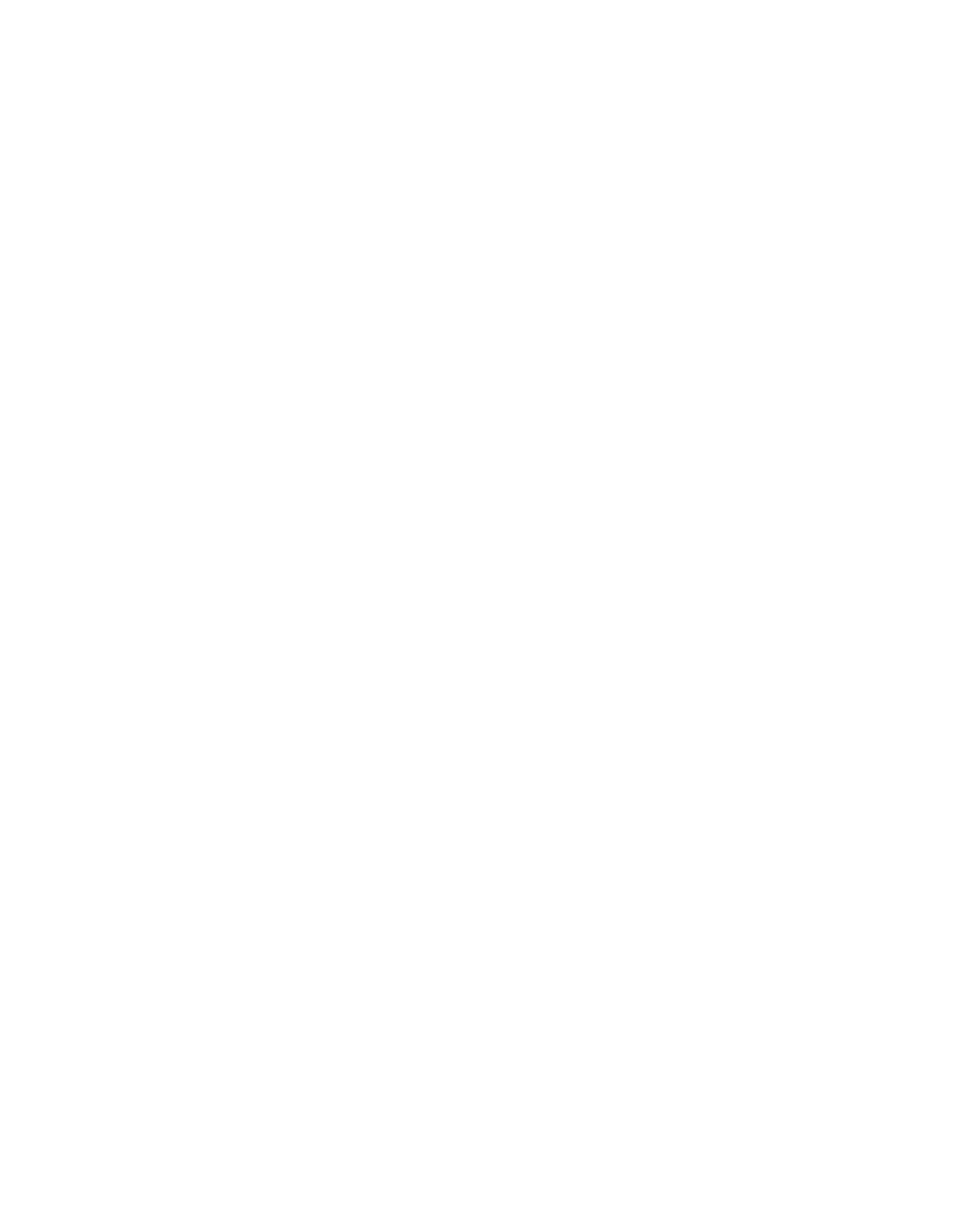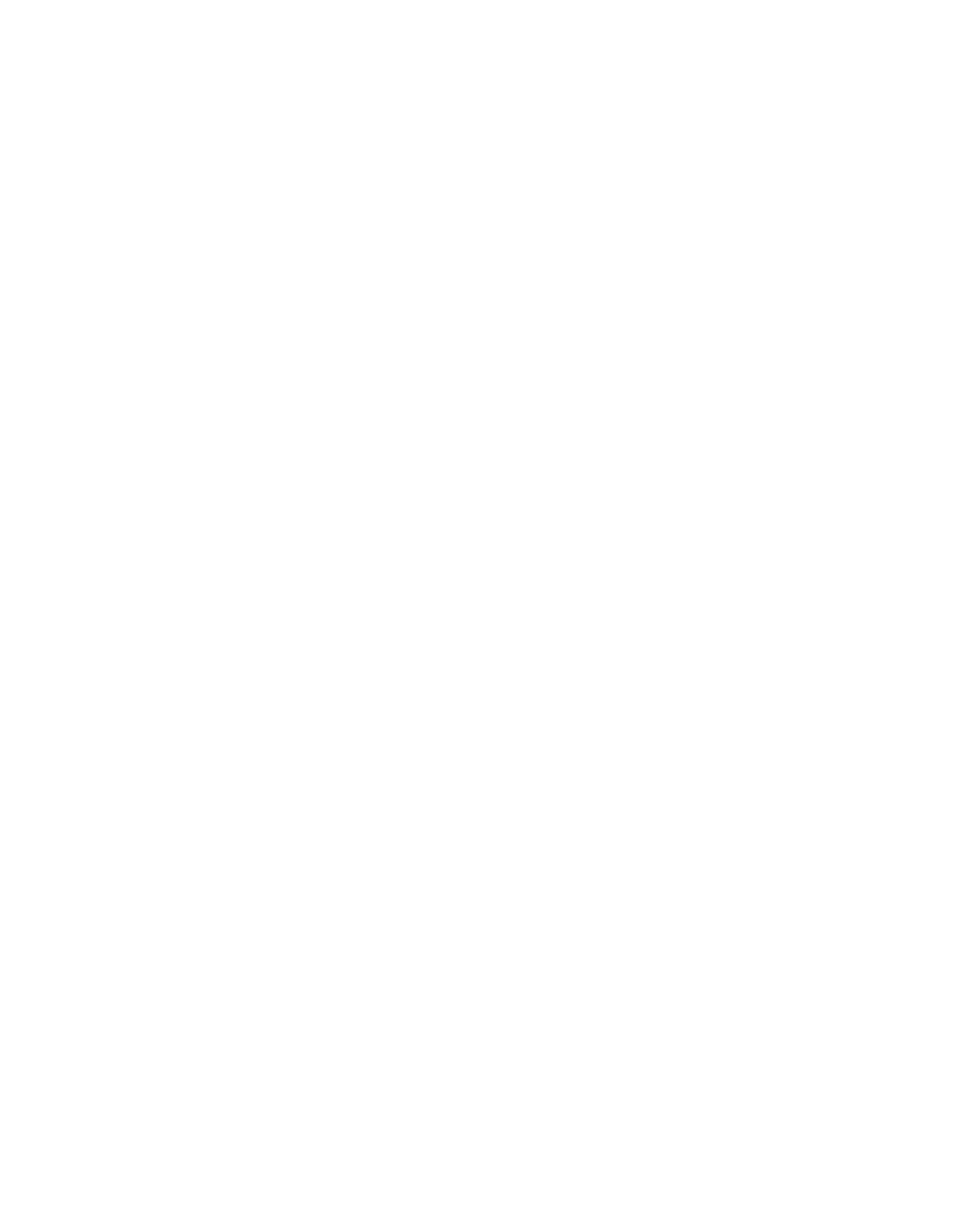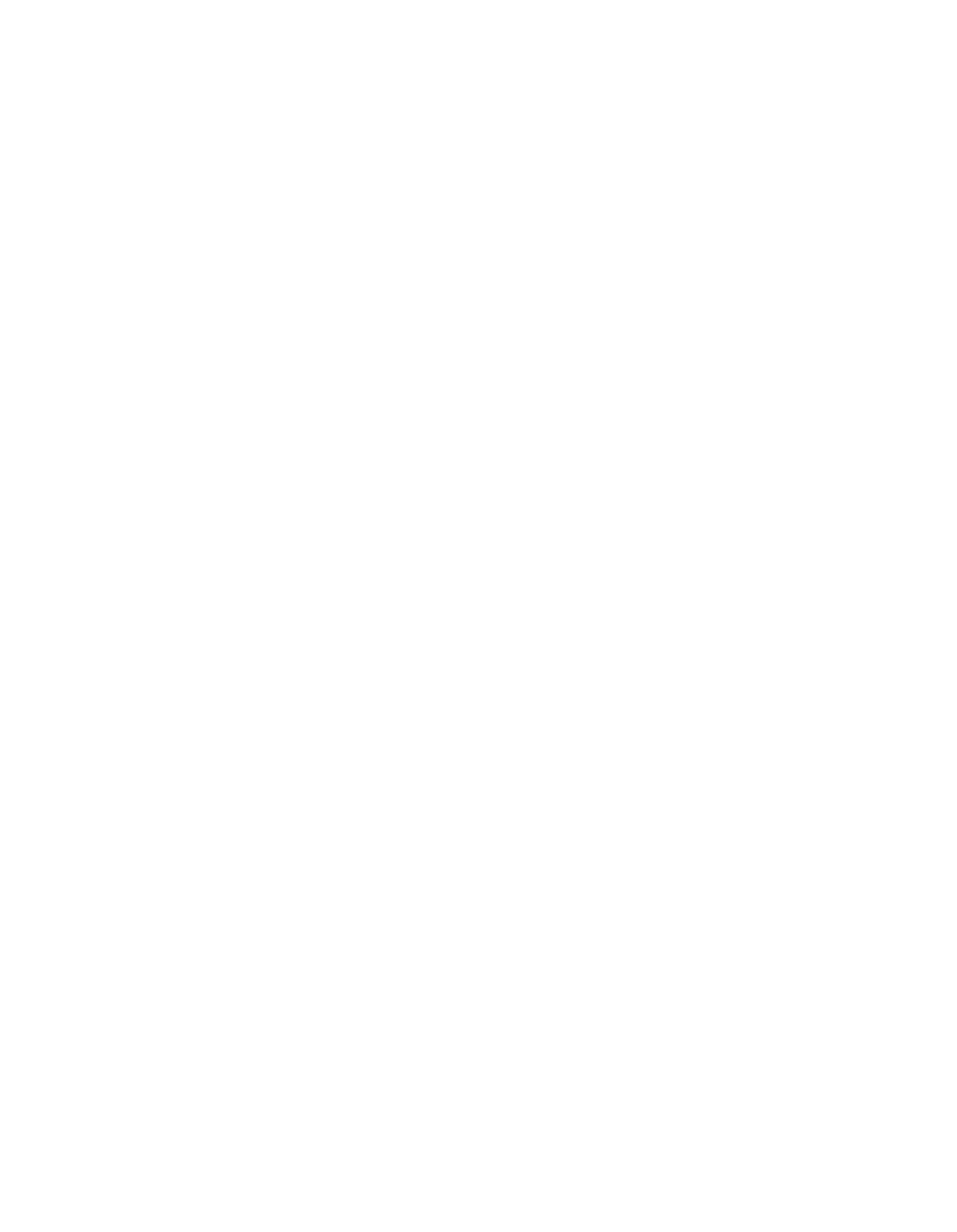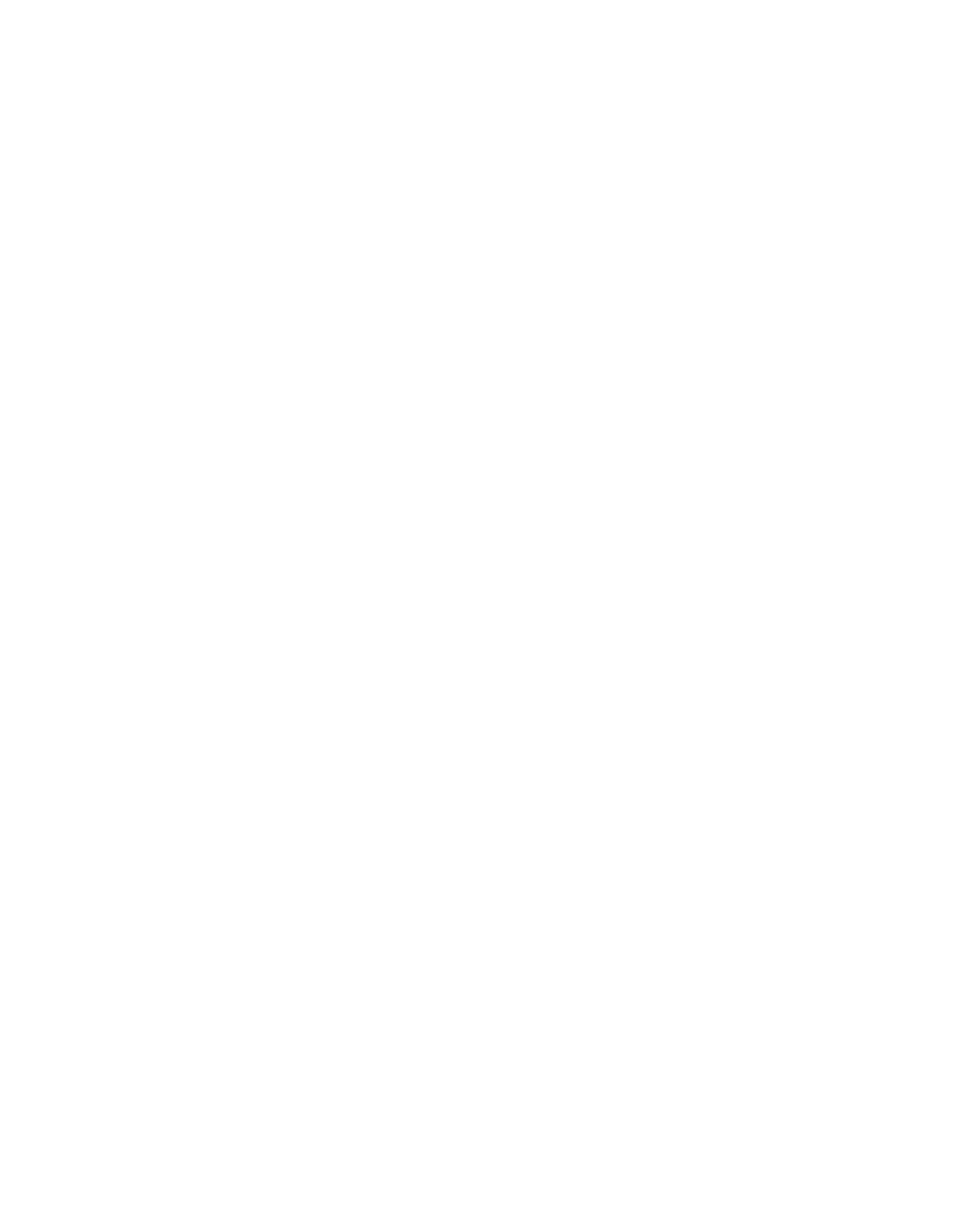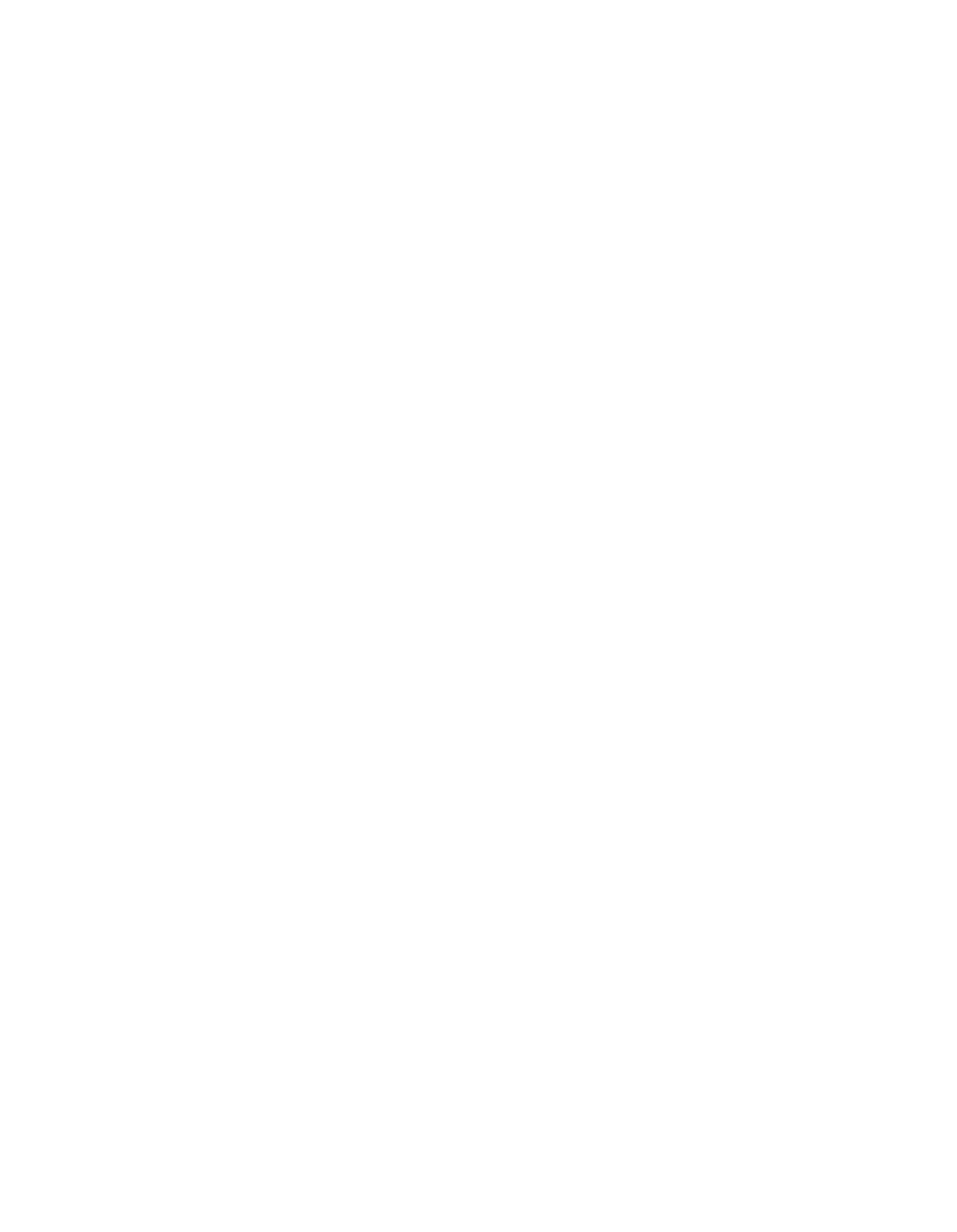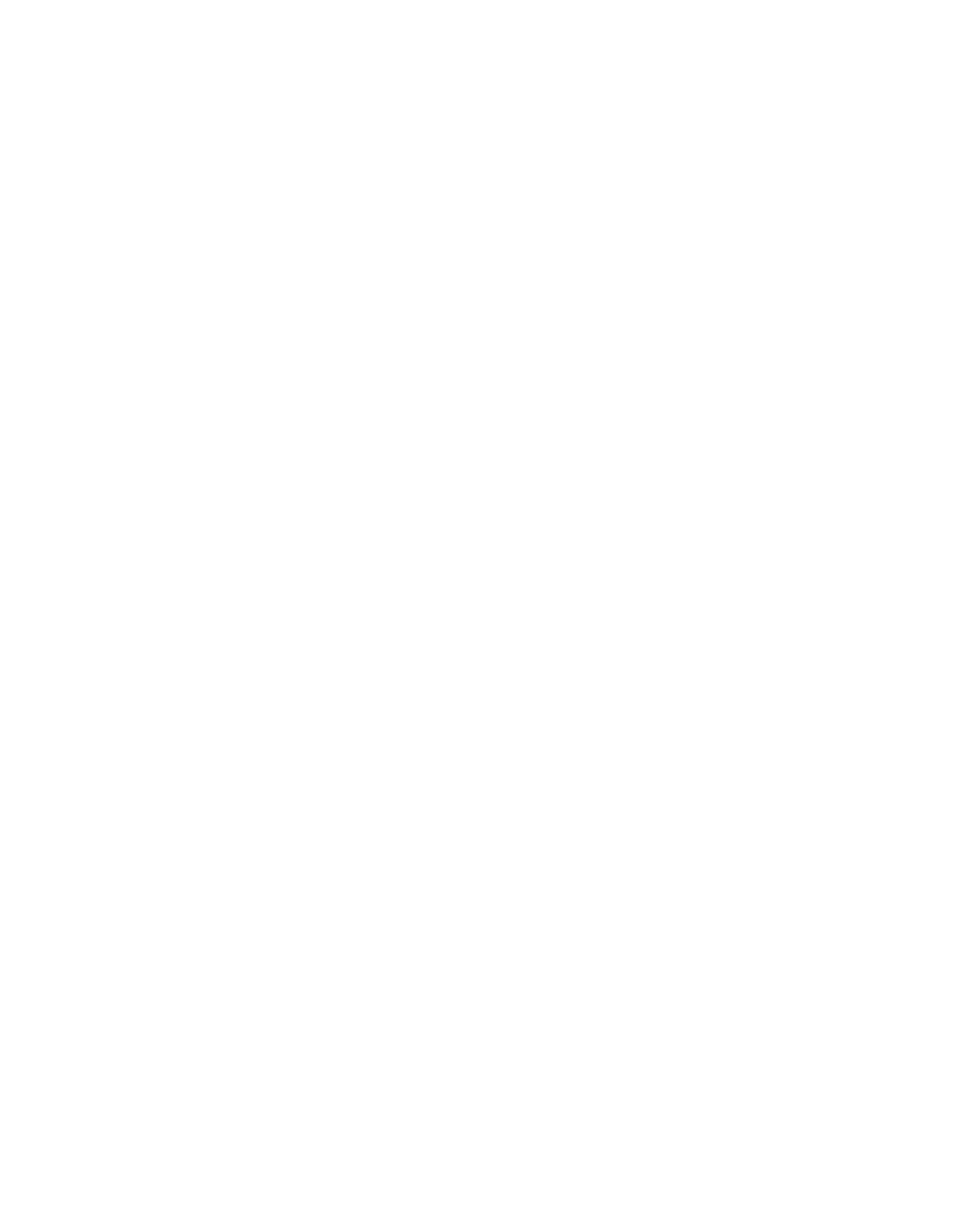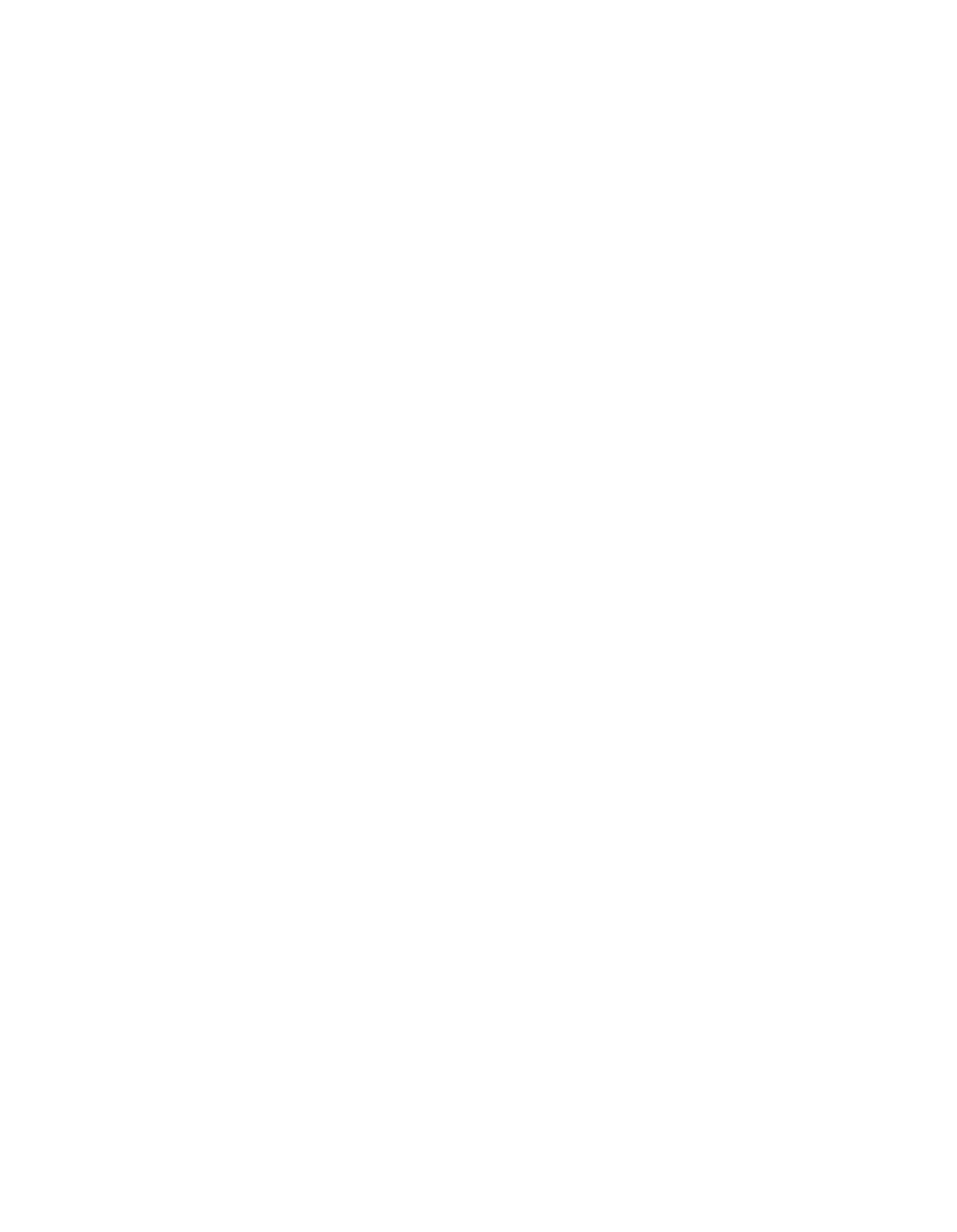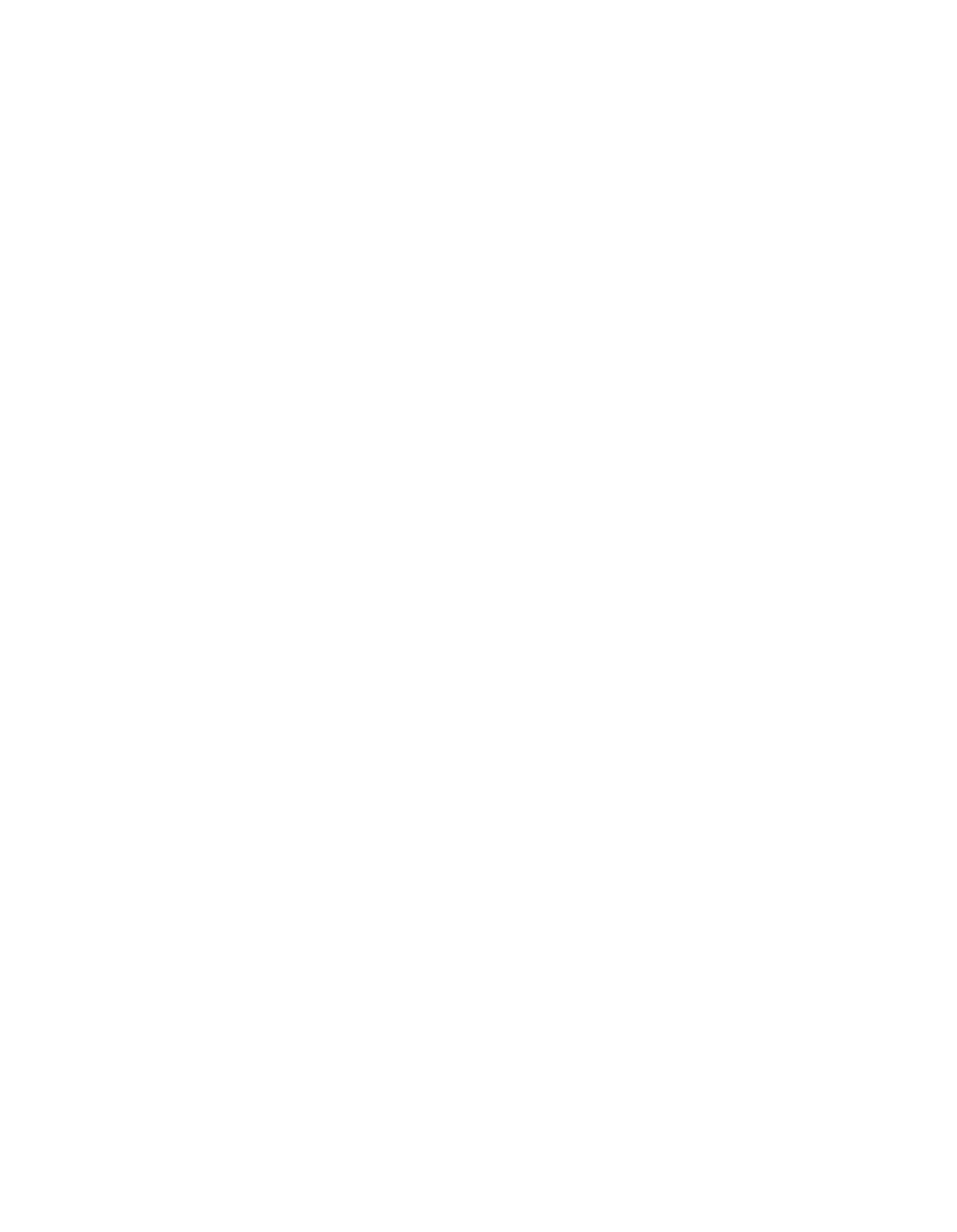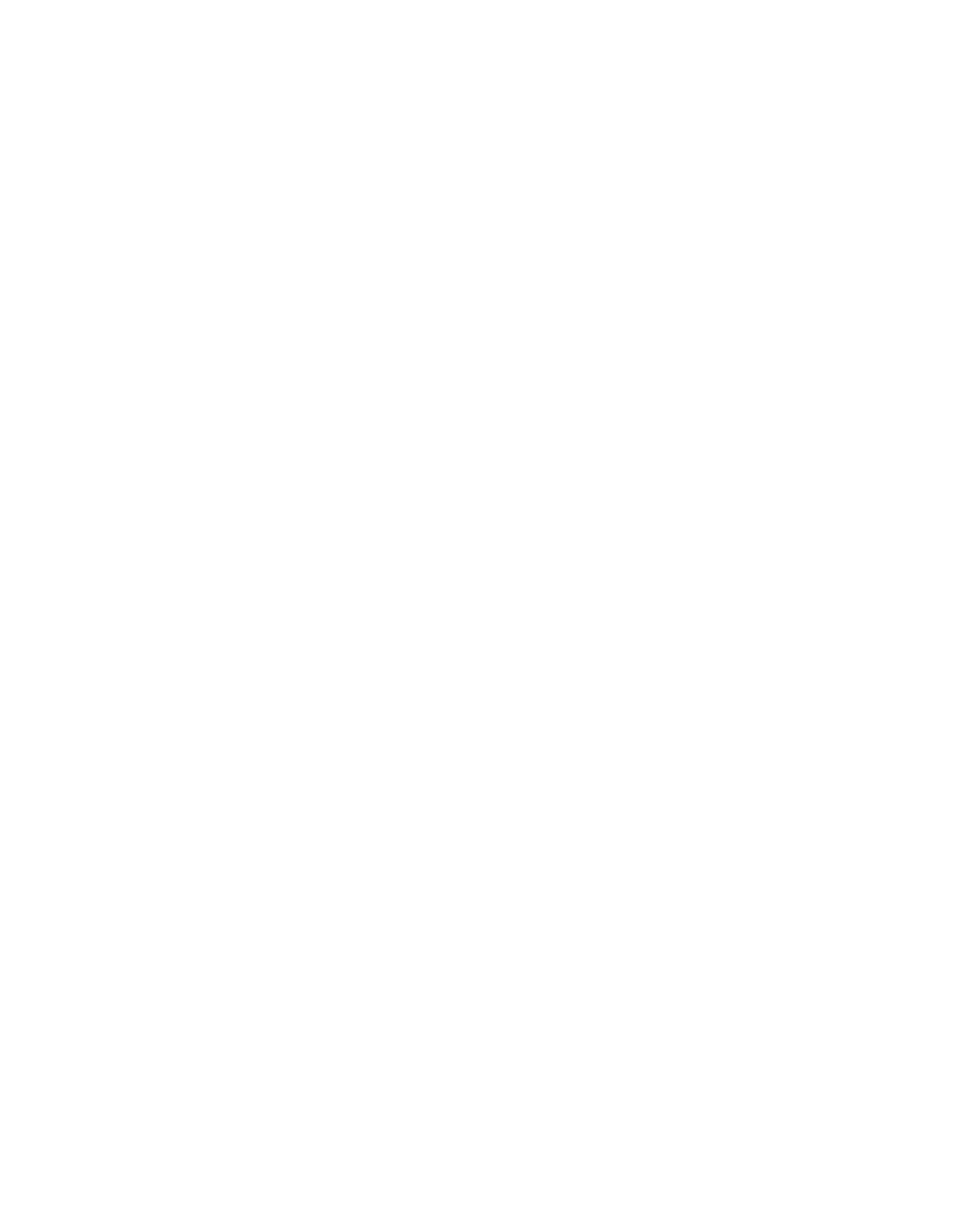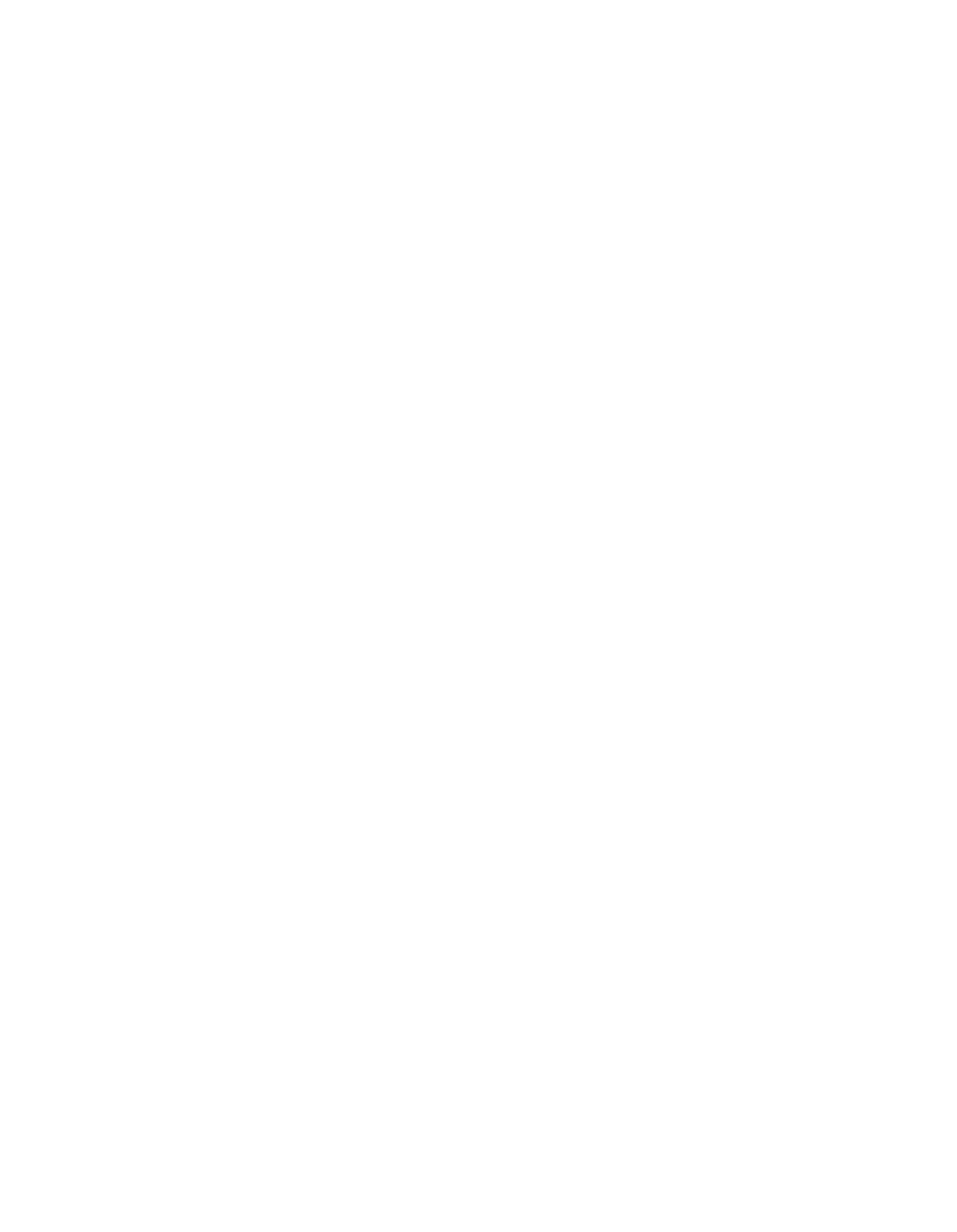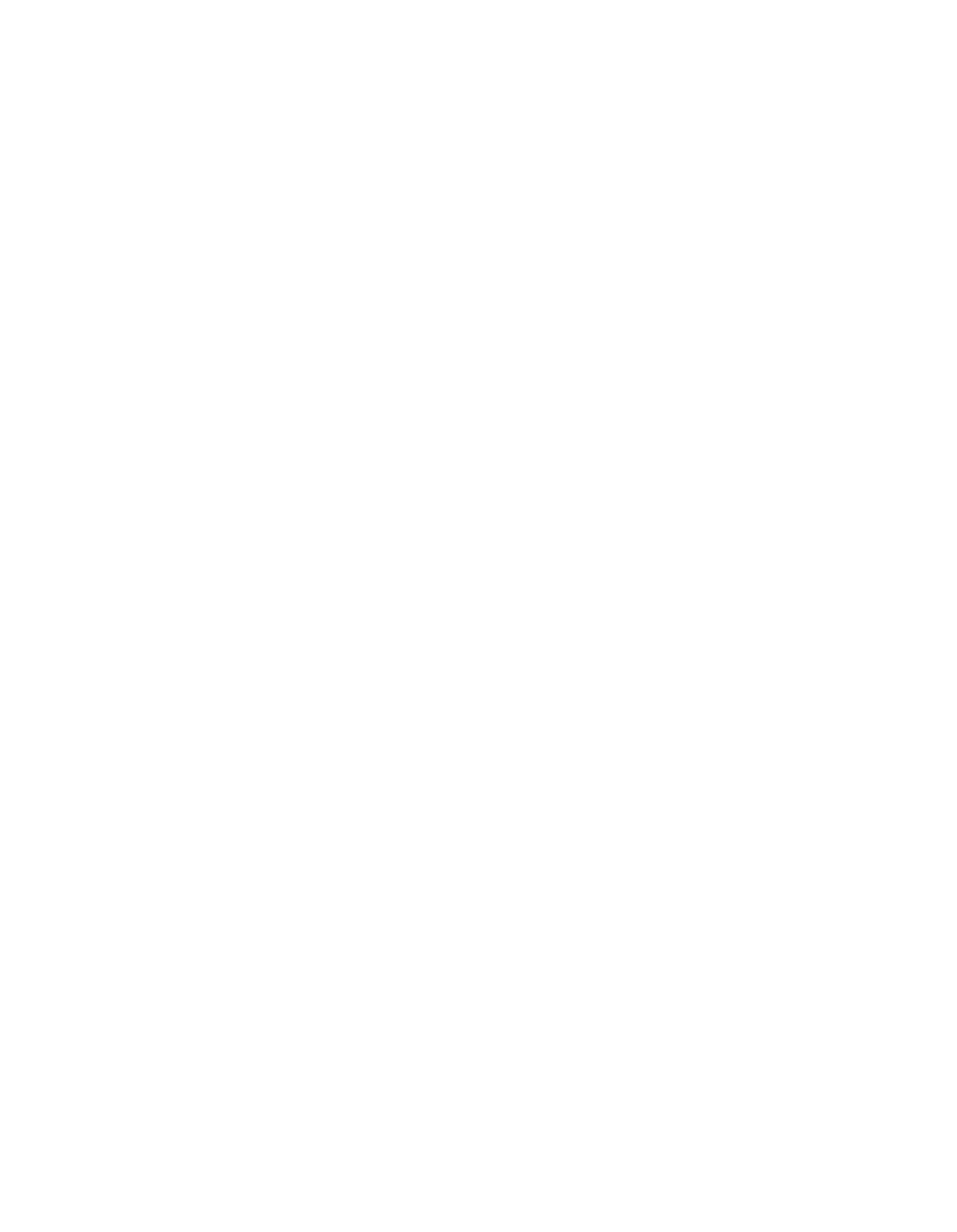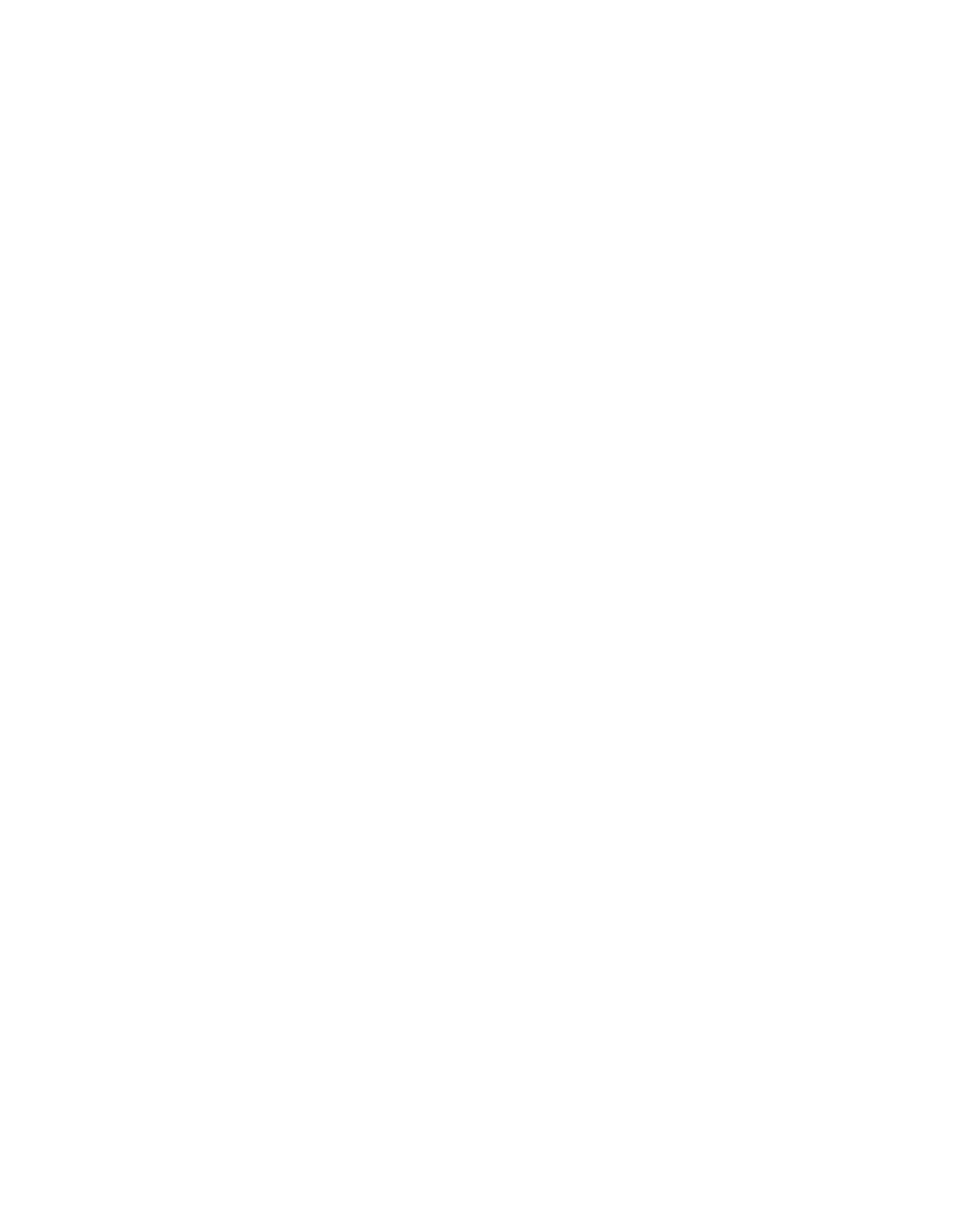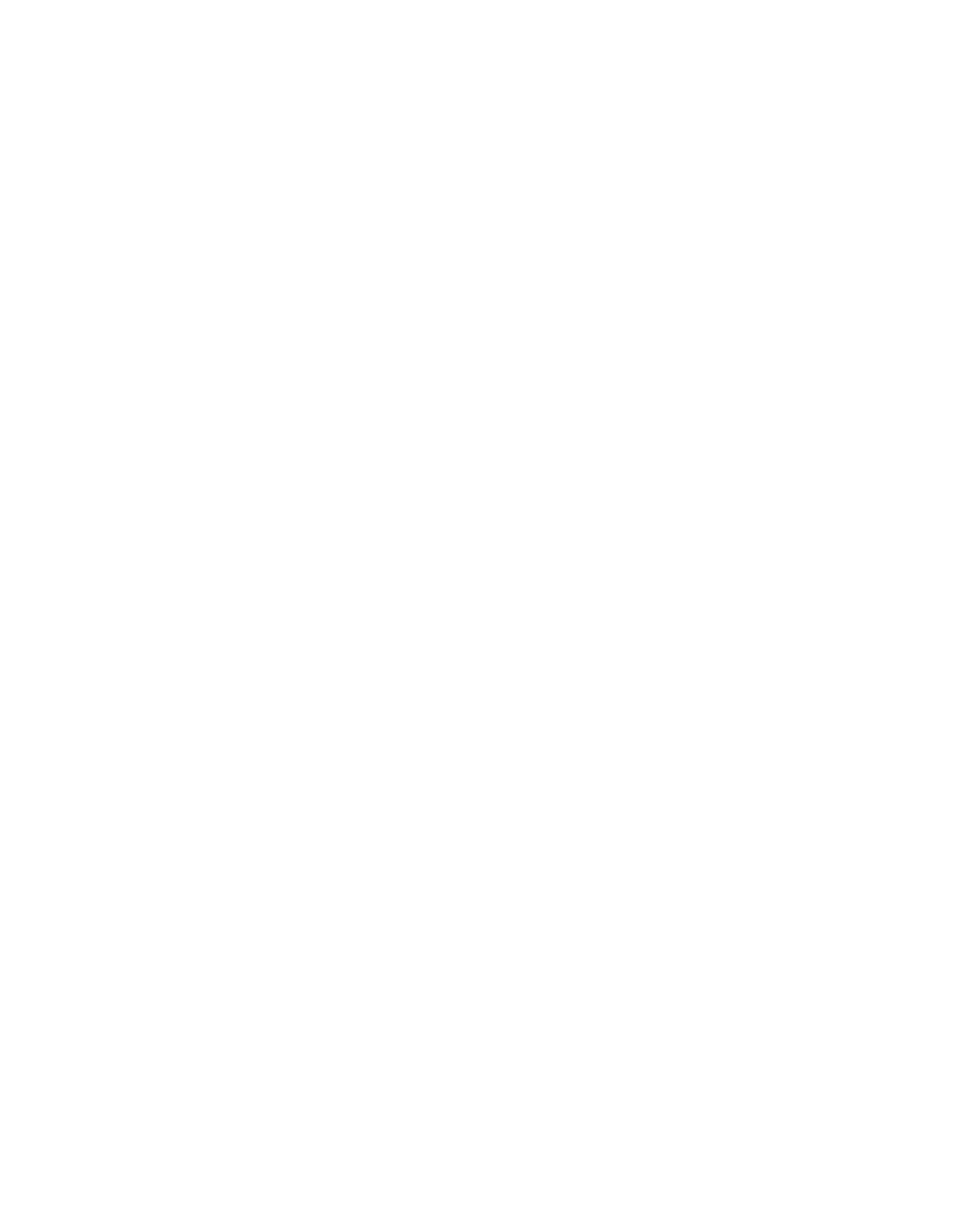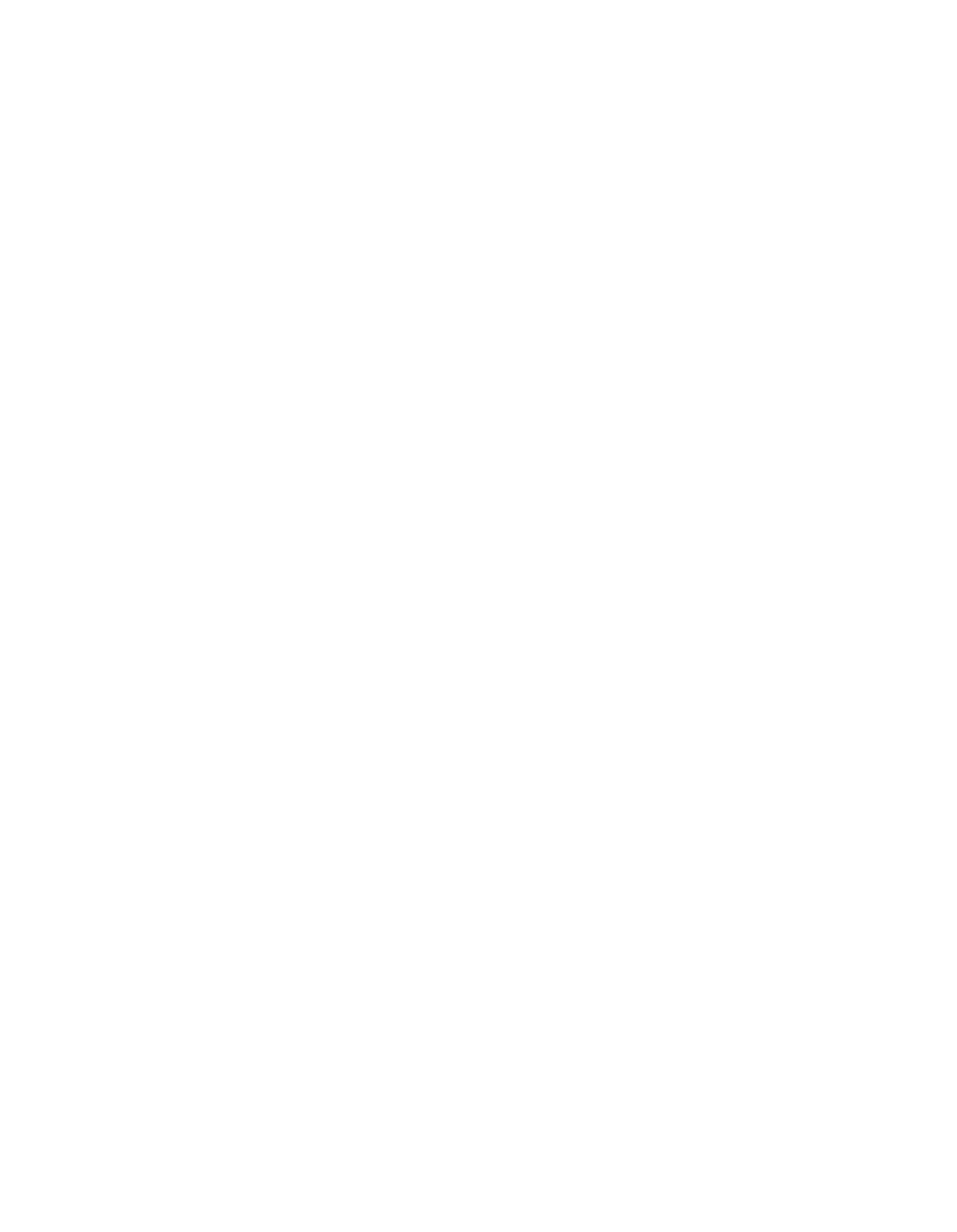ILLINOIS POLLUTION CONTROL BOARD
October
29, 1987
IN THE MATTER OF:
PROPOSED AMENDMENTS
TO
)
R85—21
35 ILLINOIS ADMINISTRATIVE
)
Docket B
CODE
215:
FLEXOGRAPHIC AND
ROTOGRAVURE PRINTING.
)
ADOPTED RULE
FINAL ORDER
OPINION AND ORDER OF THE BOARD
(By R.C.
Flemal):
This matter comes before the Board upon
a proposal
of
the
Illinois Environmental Protection Agency (“Agency”)
to amend
certain portions
of
35
Ill.
Adm. Code
215 pertaining
to emissions
of volatile organic materials
(“VOtvl”)
from flexographic and
rotogravure printing facilities.
Today
the Board adopts the
proposed
amendments.
BACKGROUND
The origin
of this proceeding
is rooted
in the requirements
of the Clean Air Act (“CAA”)
(42 U.S.C.A.
7401
et.
seq.).
Pursuant
to
109 of the CAA,
the United States Environmental
Protection Agency
(“USEPA”)
adopted a National Ambient Air
Quality Standard
(“NAAQS”)
for ozone.
Attainment
of this NAAQS
was to have been demonstrated
for all areas
of
the State by
December
31, 1982,
according
to the provisions
of
172(a)(l)
of
the CAA.
However, Illinois was unable to make such a
demonstration.
It therefore applied
for
and receis,ed an
extension
of this deadline until December
31,
1987
(pursuant
to
the provisions of
l72(a)(2)
of
the CAA).
As
a prerequisite
to
obtaining
this e~ctension, Illinois was required
in the interim
to
include
in its State Implementation Plan
(“SIP”)
for areas which
are noriattairiment
for ozone
“such reduction
in emissions from
existing sources
in
the area
as may be obtained through
the
adoption,
at
a minimum,
of reasonably available control
technology”
(
l72(b)(3)
of CAA).
“Reasonably available
control technology”
(“RACT”)
is not
defined
in the CAA.
However,
EJSEPA has promulgated industry—
specific “Control Technology Guidelines”
(“CTGs”)
that are
intended
to describe RACT for
a given industry and assist states
in determining RACT.
(JSEPA has published three groups of CTGs.
On December
30,
1982,
In the Matter
of RACT
II Rules, R80—5,
the Board adopted
rules intended
to satisfy
the RACT requirements
82—593
—2—
as specified
in the second group of CTGs’.
However,
on July
11,
1985,
the USEPA at
50
Fed.
Reg.
28224 proposed
to disapprove
certain of
the rules adopted by the Board
in R80—5.
Included
in
the proposed disapproval
are two provisions
relating
to flexographic and rotogravure printing.
These are
the
1000 ton per year exemption found
at
35
Ill. Adm. Code 215.402
and
the “best engineering design” alternative found at
35
Ill.
Adm. Code 2l5.40l(d)(2).
It
is amendment
of these two provisions
which constitutes the subject of the instant matter.
The Agency
proposes
to
reduce the exemption limit
to 100 tons per year and
to eliminate the “best engineering
design” provision,
with both
amendments applicable only
in nonattainment areas.
R85-2l PROCEDURAL HISTORY
The Agency
filed
its proposal on September
23,
1985.
Merit
Hearings were held on December
12 and 13,
1985,
in Springfield,
Illinois,
and on March
6 and
7,
1986,
in Chicago,
Illinois.
At
both the December
12 and March
6 hearings the Agency offered
amendments
to its original proposal.
As originally filed and amended,
the Agency’s proposal in
R85—21 addressed matters
in addition to flexographic and
rotogravure printing.
These matters included amendments
to
definitions
found at
35 Ill.
Adm. Code 211.122 and various
provisions related
to miscellaneous metal parts and products,
petroleum liquid storage
in external floating roof tanks,
and
leak prevention from gasoline tank
trucks and vapor collection
systems.
On August 28,
1986,
the Board split
the docket
in R85—21,
including the flexographic and rotogravure printing amendments
in
Docket B and all other provisions of the Agency’s proposal
in
Docket A.
This action was occasioned by the June 17,
1986,
determination of the Department
of Energy and Natural Resources
(“Department”),
and the June
20,
1986,
concurrence of the
Economic and Technical Advisory Committee,
that
an economic
impact study (“EcIS”) would be prepared for only the flexographic
and rotogravure printing amendments.
Splitting of the docket
thus allowed the Board
to proceed with the Docket A subject
The second group of CTGs covered the following
source
categories:
factory surface coating of flatwood paneling;
petroleum refinery fugitive emissions; pharmaceutical
manufacturing; rubber tire manufacturing; surface coating of
miscellaneous metal parts
and products; graphic arts (printing);
dry cleaning perchloroethylene;
leak prevention from gasoline
tank trucks and vapor collection systems; petroleum liquid
storage
in external floating
roof tanks.
82—594
matter while activities associated
with
the
EcIS were being
undertaken.
The Board duly
took final
action on the Docket A
amendments
on May 28,
1987.
Publication occurred
at
11 Ill.
Reg.
11747, July
10,
1987.
The Department
filed
the EcIS
in this matter,
“Tne Economic
Impact of
the Rotogravure and Flexographic Printing Provisions
of
Proposed Regulation R85—21” authored by George
S.
Tolley, Robert
I. Morrison,
and R. Craig Romaine,
on March
31,
1987.
EcIS
hearings were neld
on May 4,
1987,
in Chicago,
Illinois, and 1~ay
20,
1987,
in Springfield, Illinois.
A revised and final copy
of
the EcIS was filed with the Board
on July 31,
1987.
Docket B was sent to first notice
by Board Order of May 25,
1987.
Publication occurred at 11
Ill.
Reg.
11925, July 17,
1987.
The Board received
31 public comments
(“PC”)
in
the
overall R87—2l proceeding,
including
nine filed during
the first
notice period
of Docket B which pertain specifically
to the
subject matter of flexographic and rotogravure printing.
The
first two
of
the latter are filings by
the Department
(PC *23)
and the Agency
(PC #24) consisting principally of
responses
to
questions posed
at the final
EcIS hearing.
PC #25 through #31
consist of perspectives
on
the content of the rule.
One each of
these has been filed
by Printpack Inc.
(PC #25)
and the Agency
(PC #26);
the remaining
five have been filed by tJefferson Smurfit
Corporation
(“Jefferson Smurfit”)
and its divisions.
Docket B was sent
to second notice by Board Order
of
September
4, 1987;
there were
no changes
to the rule
as proposed
at first
notice.
On October
20,
1987,
the Joint Committee
Administrative Rules issued a certification
of no objection
PRIOR AND ADOPTED RULE
The principal prior
regulations relating
to VOM emissions
from flexographic and rotogravure printing facilities
are found
at 35
Ill. Adm. Code Subpart P, Printing and Publishing.
These
regulations are applicable throughout
the State.
2 Citations to the EcIS herein are
to the final
copy of
the EcIS.
The Board received three filings subsequent to adoption of
second notice:
a filing titled
“Second Notice Comments
of
Printpack,
Inc.”,
a request for
“Clarification of Second Notice
Order” filed
by the Agency,
and
a filing by Container Corporation
of America
(“CCA”),
a Jefferson Smurfit division,
titled
“Opposition to IEPA Request for Clarification and Support of
Printpack Second Nocice Comments”.
Each of
these filings
is
untimely,
in that
it was submitted after
the close
of comment
period.
(See also Footnotes
8 and 9).
82—595
—4—
The adopted amendmen~sdo not alter Subpart P,
but rather
add a new Section 215.245
to Subpart
H,
“Special Limitations
for
Sourc~gin Major Urbanized Areas Which are Nonattainment
for
Ozone
.
Subpart H houses special
rules applicable
only
to
sources located
in counties which are nonattainment
for ozone
and/or which are part of
the two major
urbanized areas which are
nonattainment for ozone.
There
are
ten counties
so identified
in
Subpart H:
Cook, DuPage,
Kane,
Lake,
Macoupin, Madison, McHenry,
Monroe,
St.
Clair,
and Will.
The specific addition
to Subpart
H adopted herein
is
as
follows:
Section 215.245
Flexographic and Rotogravure Printing
a)
The limitations
of Subpart
P shall apply unless
the facility’s aggregate
uncontrolled rotogravure
and/or flexographic printing press emissions of
volatile organic material are limited
by
operat.ing permit conditions
to 90.7
Mg
(100
tons)
per year or less
in
the absence
of air pollution
control equipment or whose actual emissions in
the absence
of air pollution control equipment
would be less than or equal
to 90.7 Mg
(100 tons)
per year when averaged over
the preceding
three
calendar years.
b)
If
an owner
or operator
of
a packaging
rotogravure printing press proposes to comply
with the limitations
of Section 215.401 pursuant
to subsection
(d)
of
that Section,
then the
combined capture and control
system must provide
an overall reduction
in volatile organic material
emissions
of
at least 65 percent.
Exemption Limit, Section 215.245(a)
The portion
of Subpart
P which
is pertinent to Section
215.245(a)
is 215.402, which
reads:
In the Agency’s original proposal this section was numbered
215.345.
However,
there was already a Section 215.345
in
existence.
This necessitated renumbering
the proposed section
to
215.245.
This same renumbering was used
in R85—21
Docket A.
The
Board notes
that the EcIS of Docket B retains use of the
originally proposed numbering.
~ Subpart H was adopted by the Board
in R85—21 Docket
A.
82—596
—5—
Section 215.402
Exemptions
The limitations of
this Subpart shall
not apply
to any
facility whose aggregate uncontrolled rotogravure
and/or flexographic printing press emissions
of
volatile organic material are limited by operating
permit conditions
to 907 Mg
(1000 tons)
per year
or
less
in the absence of air pollution control equipment
or whose actual emissions in the absence
of air
pollution control equipment would
be less than
or
equal to 907 Mg
(1000
tons)
per year when averaged
over the preceding
three calendar years.
It
is
to be
noted that,
other
than
for nonsubstantive
changes
in the first
two lines,
the difference
between 215.245(a)
and 215.402
is the change
of
the exemption limit from 1000 tons
per year to 100 tons per year
(907
to 90.7 Mg per year).
Due to
the placement of 215.245(a) within Subpart H,
this change
is
applicable only in the ten counties specifically identified
in
Subpart
H.
Thus,
the practical effect
of adoption
of 215.245(a)
is
to reduce
the exemption limit of 2±5.402to 100 tons per year
for facilities located
in the ten—county area, but retain
it at
1000 tons per year for facilities located
in the remaining 92
counties.
More directly, adoption of 215.245(a)
eliminates
the
exemption of Subpart
P presently held by those facilities located
in the ten county area which have uncontrolled aggregate
emissions in the 101
to 1000 ton per year range.
“Good Engineering Design” Provision, Section 215.245(b)
The portion of Subpart P which
is pertinent
to Section
215.245(b)
is Section 215.401(d).
Section 215.401 reads
in
its
entirety:
Section 215.401
Flexographic and Rotogravure Printing
No owner
or operator
of
a packaging rotogravure,
publication rotogravure
or flexographic printing press
subject to this rule and employing solvent—containing
ink may cause
or
allow the operation of such press
unless:
a)
The volatile fraction
of an ink
as
it
is applied
to the substrate contains
25 percent or less by
volume
of organic solvent and
75 percent or more
by volume of water;
or
b)
The volatile fraction of an ink
as
it
is applied
to
the
substrate,
less water,
is 40 percent
or
less by volume;
or
c)
The owner
or operator installs and operates:
82—597
—6—
1)
A carbon adsorption system which reduces the
volatile organic emissions from
the capture
system by at least 90 percent by weight;
or
2)
An afterburner system wnich oxidizes at
least 90 percent of
the captured nonmethane
volatile organic materials (measured as
total combustible carbon)
to carbon dioxide
and water;
or
3)
An alternative volatile organic material
emission reduction system demonstrated to
have
at least
a 90 percent overall reduction
efficiency and approved by the Agency; and
d)
A capture system
is
used
in conjunction with any
of the emission control systems
in subsection
(c).
The design and operation of the capture
system must be consistent with good engineering
practice and shall provide,
in combination with
the control equipment,
an overall reduction in
volatile organic material emissions of
at least:
1)
75 percent where
a publication
rotogravure
process
is employed;
or
2)
65 percent or the maximum reduction
achievable using good engineering design
where a packaging rotogravure process
is
employed;
or
3)
60 percent where
a
flexographic printing
process
is employed.
The portion of Section 215.401 of interest
is 2l5.401(d)(2),
which specifies that
a packaging rotogravure
facility may employ
a combined capture and control system which achieves either:
(1)
an overall reduction
in VOM of
65 percent,
or
(2)
the maximum
reduction achievable through good engineering design.
In
contrast, proposed Section 215.245(b)
contains only the
65
percent reduction provision.
Due to the placement of 215.245(b)
within Subpart H,
the consequence
of adoption of 215.245(b)
is to
eliminate the “good engineering design” provision of
2l5.40j.(d)(2)
for affected facilities located
in
the ten—county
area,
but to retain
it for affected facilities located
in the
remaining 92 counties.
The affected facilities within the ten—
county area are those facilities which have aggregate
uncontrolled emission over 100 tons per year:
the “good
engineering design” provision is no longer available to
those
facilities over 1000 tons per year,
and those facilities within
the 101—1000 ton per year
range have Subpart P applied
to
them
for the first time,
but without the “good engineering design”
option.
82—598
—7—
Summary
The effect of
the adopted amendments
is summarized
in
tabular
form as follows, with those
items which
are changed as
a
consequence
of adoption of the
two parts of proposed Section
2±5.245in capitals and underlined
(Board Ex.
1):
Aggregate Uncontrolled Emissions
(tons per year)
Below 100
101—1000
Above
1000
Ten-County Area
Applicability of Subpart P
Exempt
APPLICABLE
Applicable
“Good Engineering Design”
Exempt
Not
NO LONGER
Provision of
2l5.401(d)(2)
Available
AVAILABLE
Rest
of State
Applicability
of Subpart P
Exempt
Exempt
Applicable
“Good Engineering Design”
Exempt
Exempt
Available
Provision of
215.40l(d)(2)
RATIONALE FOR PROPOSED AMENDMENTS
As noted above,
the purpose of the instant proceeding was
to
answer
the objections of the USEPA to certain rules promulgated
by the Board
in the original RACT
II proceeding,
R80—5.
The
bases of
the USEPA’s objection to the 1000 ton per year exemption
of 215.402 include
1)
that the State had provided
no technical or
cost effective data to support an exemption of this magnitude,
and 2)
that the total emissions from sources
in this category,
under
the regulations
as adopted by the Board, would not be
within
5 percent of the allowable emissions anticipated under
the
CTG for this cagegory
(50 FR 28225).
When the Agency proposed
this exemption during the R80—5 rulemaking proceeding,
it had
concluded that the allowable emissions would
fall within five
percent of
those anticipated by the CTG.
Due to
a difference of
opinion with
the Agency as
to how that calculation should be
made, USEPA is proposing to disapprove
the rule.
It
is the Agency’s understanding that USEPA will approve an
exemption for
those facilities within
the ten—county area whose
allowable emissions
are 100 tons per year
or
less,
as specified
in Section 215.245(a).
The Agency also believes that the
additional reductions
in emissions which are provided for by the
100 ton/yr exemption will bring the allowable emissions from this
category within
5 percent of
those anticipated under
the CTG,
and
therefore will
be approvable by the USEPA on this basis.
82—599
—8—
The USEPA
is
also clearly on record that
no exemption
greater
than 100
tons per year will be approved by them.
In PC
#9, which consists of USEPA comments over
a cover
letter
signed
by Mr.
Steve Rothblatt
for Mr. David Kee, Director
of
the Air
Management Division
of USEPA Region V,
USEPA unequivocally
states:
“Final adoption
of any exemption greater
than 100
tons
per year will
be finally disapproved by USEPA”
(PC
#9,
p.
1).
Nevertneless,
in PC #28 Jefferson Smurfit asserts
that
an
exemption as
large
as 200
to 300 tons per year would
be approved
by the USEPA, and thereby urged the Board
to adopt one
of
these
higher exemption limits.
Jefferson Smurfit contends that PC
#9
represents only the view of
Mr.
Rothblatt,
and
is otherwise
contrary to USEPA positions regarding the
5 percent rule.
The
Board finds Jefferson Smurfit’s position unconvincing.
It
is
difficult to
imagine
a more clear policy statement than that
enuciated by the USEPA
in PC ~9.
Neither can tne Board accept
that the statement represents
an isolated and independent view
held only by Mr.
Rothblatt, although even that might carry weight
given Mr. Rothblatt’s position of authority.
Rather,
the cover
letter to PC #9 makes
it clear
that
Mr.
Rothblatt was conveying
the official position of the tJSEPA,
at least
through the level
of
Region
V.
The rationale for
the proposed Section 215.245(b)
is that
the USEPA proposes
to disapprove of the phrase
“or the maximum
reduction achievable using good engineering design”
of
2l5.40l(d)(2) because
it
is “vague and cannot be measured by
objective criteria”
(50 FR 28225)
and because
“without
a clearly
stated overall reduction requirement,
there
is no assurance that
sources which choose
to comply by installing add—on control
technology will comply with RACT”
(PC
#9,
p.
1).
The adoption of
Section 215.245(b) deletes
the “good engineering design”
criterion for
those facilities
in the ten—county area and
to
require that these
facilities achieve
65 percent efficiency.
GEOGRAPHIC APPLICABILITY
The Board believes that the Agency proposal represents an
appropriate scope
of geographic applicability.
The Board
so
concludes fully mindful
of arguments which have been raised
regarding why Will and Mdllenry Counties, which are both
attainment counties, should
be
included within
the scope
of
the
proposed rule.
It
is required,
at a minimum,
that RACT rules be applied
within counties which
are nonattajnment for ozone.
However,
there are compelling reasons
that the rules
also apply
in some
counties
in addition
to those which are classified
as
nonattainment.
The Board believes that the most important
of
these
is that emissions
in certain attainment counties can impact
ozone air quality
in adjacent nonattainment counties due
to
82—600
—9—
transport
of VOM emissions into the nonattainment counties.
The
significance
of the transport phenomenon
has been extensively
discussed
in prior
Board RACT Opinions
(e.g., R82—14, April
19,
1987 at 4—5;
R82—l4,
April 30,
1987 at 21—22;
Rd5—2l(A), May
28,
1987 at 21—22;
R86—l2,
May 28,
1987 at
4;
and R86—39, July 16,
1987 at 2—6).
The Board does not see that anything new has been
presented
in the instant record which would justify
a change
in
the Board’s prior determinations regarding the significance of
transport.
There are also additional reasons,
as previously summarized
by
the Board
(R85—2l(A), May
28,
1987 at 21—22;
R86—36, June 25,
1987 at 19)
for including Will
and McHenry Counties within
the
list of counties
to which
the proposed rule would apply.
These
are that the counties are part of the Chicago urbanized area;
that emissions reductions from the counties have already been
included
in previous SIP analyses and are necessary to
demonstrate ozone attainment;
that controls as proposed are
necessary
to maintain the attainment status of the counties;
and
that exclusion of the counties would place an even greater burden
on
the adjacent nonattainment counties
to reduce VOM emissions in
order
to reach attainment of the ozone NAASQ.
For this
combination of
reasons the Board concludes that there
is no
reasonable likelihood of demonstrating attainment without
inclusion of rules applicable
to both Will and McHenry Counties.
CCA asserts
that the proposed rule also should not apply
to
its Carol Stream facility because
the facility
is located
“in an
attainment area for ozone”
(PC #30
at 1).
Carol Stream
is
located
in DuPage County.
CCA further points out that the
Illinois State Chamber of Commerce
is currently engaged in
litigation with the USEPA to compel formal designation
of DuPage
County
as
an attainment area
(Id.)
The Board can find no support for
CCA’s contention that
DuPage County is an attainment area.
Quite to the contrary,
it
is explicit
in federal regulations
(40 CFR Section 81.314
(1986))
that DuPage County
is a nonattainment area.
That there may be
litigation attempting to change this designation does not alter
the fact of
the matter.
Specifically,
the court in Illinois
State Chamber
of Commerce
v. USEPA,
775 F.2d 141
(1985), held
that tne USEPA’S decision regarding designation of DuPage County
was not reversed but vacated and remanded for further
consideration and clarification.
The court stated,
in pertinent
part:
The state suggests that we vacate, and,
since
the record
supports redesignation, reverse the decision of the
EPA.
It
is not true that the record supports
redesignation
but since EPA has not made clear the
rationale for its action
...
we,
therefore,
vacate the
decision
in its present form and remand
for further
proceedings consistent with this opinion.
(emphasis
added).
775 F.2d at 1151
82—60 1
—10—
Moreover,
the Board
notes
that excursions
above
the ozone
standard have been recorded
in DuPage County during
the current
1987 ozone
season
(PC #26,
attach.
2 and
3).
Based
on past
experience,
it would
appear very unlikely that the USEPA would
accept redesignation of DuPage County
in light of this recent
record.
Finally,
the same arguments which require inclusion of
Will and McHenry Counties within
the present rule also apply
to
DuPage County.
AFFECTED FACILITIES
There
is some uncertainty
as
to how many facilities are
affected by adoption of Section 215.245(a).
In
its first
submission of the list of affected facilities
(Agency Ex.
1),
the
Agency identified eleven facilities located
in the ten—county
area which have uncontrolled aggregate emissions between 101 and
1000 tons per year.
This list was later
updated by the Agency to
twelve facilities
(Docket
B, Agency
Ex. 7).
However,
at the May
20,
1987,
EcIS hearing witnesses for
two additional facilities,
Jefferson Smurfit Inc.
(Cook County),
and Container Corporation
of America
(DuPage County),
both indicated that
it was their
belief
that they would come under
the provisions
of Section
215.245(a).
It was also noted
at
this hearing that there may yet
be additional
facilities which are not included on the Agency’s
list of
affected facilities
(R.
at
874).
However, the Agency
subsequently investigated their
records of these facilities
and
has determined that the emissions of
at least one of them is
below the 100
ton per year limit
(PC #24 at 2).
Thus,
according
to the Agency’s present best knowledge there
are
at least
fourteen facilities which would
be affected
by adoption
of
Section 215.245(a),
as summarized
in the following
table
(PC #24,
Attachments
2 and 3),
and perhaps more.
Company Name
St.
Clair Packwell
Sherman Div.—St.
Regis Paper
Cellu—Craft
Gravure Printing
Mead Packaging
Laminating
& Coating Corp
Bagcraft of America
Meyercord—Johnson Matthey
American Tara Corp
Container Corp America
Guardian Packaging
Printpack
Jefferson Smurfit Corp
Mead Packaging
Total
County
Cook
Cook
Cook
Cook
Cook
Cook
Cook
DuPage
DuPage
DuPage
Kane
Kane
Kane
Madison
Uncontrolled
Before
RACT
440.8
615.0
234.0
125.0
289
.
8
312.7
873.0
211.7
115.4
658.0
147
.
0
191.2
209
.
0
730.0
5,152.6
Emissions
After
RACT
154 .7
215.2
93.6
43.7
101.4
109.4
340.1
78.8
46.2
230. 3
58
.
8
72.7
73.1
255. 5
1,873.~
82—602
—11—
The authors
of
the EcIS indicated
at hearing
(R.
at 685)
that,
to their best understanding,
there were
rio
facilities in
the 1000
tons per year and above category which would
be affected
by adoption of proposed Section 215.245(b).
This conclusion was
based on the belief
that none of
the 1000
tons per year
facilities within the ten county area had elected use of the
“good engineering design” provision of 215.40l(d)(2), and hence
no
facilities would be affected by deletion of
the provision.
However,
subsequent investigation by the Agency,
as reported in
PC #24, Attachment
1,
indicated that there
are indeed
two
rotogravure printing facilities which are presently complying
with
the “good engineering practice” provision of
2l5.401(d)(2).
These facilities are
identified as R.R. Donnelley
& Sons,
Inc.
(Cook County)
and WRICO Packaging Company (Cook
County).
It
is the Agency’s belief that these
two facilities
might well
remain
in compliance upon deletion of
the “good
engineering practice” provision because of the high efficiencies
of control equipment currently used by
them.
However,
the Agency
concludes
that
if
“proposed Section 215.245
is adopted,
both
facilities will have
to submit stack
tests
for capture and
control
systems with their permit renewal applications”
(PC #24,
Attachment 1).
ECONOMIC IMPACT
The record
in this matter
contains
a wealth of economic
data, principally
in the EcIS,
in
the record of
the EcIS
hearings, and
in the post—EcIS hearings public comments.
The
Board does note that most of the economic estimates are based
on
the assumption that there are eleven affected facilities,
as
originally identified by the Agency
(see
above).
Although the
list of affected facilities was subsequently revised,
the authors
of the EcIS have concluded,
upon examination of the new
facilities
data,
that the “estimates of benefits and costs for
the state are affected very little by this change”
(R.
at 675).
Costs
The costs which can be expected
to be incurred by facilities
affected
by this proposed rule will depend upon the particular
mix of methods which
the facilities elect to use
in achieving
compliance.
There are two general options available
to the
facilites:
use of
low VOM inks and use of add—on control
technology.
The authors of the EcIS have found that the first option,
use of low—VOM inks,
is the most likely method by which
compliance would be achieved.
In summarizing the low—VOM ink
option,
they note
(R.
at 676):
A most likely estimate of costs can appropriately
be based on
a low—VOM
ink compliance scenario.
The
82—603
—12—
reasonableness of
this scenario
is supported by
1)
the
fact that more
severe monitoring, verification and
maintenance problems have been noted
for carbon
adsorption and incineration,
2)
the expressed opinions
from industry that low—VOM inks would
be the most
likely method of compliance and
3)
the indications
that low—VOM inks have been found feasible
in other
parts of
the country.
As noted
on page
42
of the Economic Impact Study,
an industry estimate of
a capital cost of $300,000 per
press was given at the merit hearings.
With
47
affected presses and
a capitalization factor of
16.25,
the annual costs come
to $2.3 million.
This
figure provides
a most likely estimate of costs.
It
may be noted, however,
that the figure could
be
somewhat on the low side inasmuch
as an industry
representative mentioned
a capital cost of $500,000
per press
at the first part
of
the Economic Impact
Study hearing
in Chicago on
May
4.
Annual costs would
then come
to $3.8 million,
still leading
to
a
relatively narrow cost range.
The cost
of add—on controls, assuming
that all affected
facilites would elect to use the add—on control option,
are
estimated
in the EcIS
(p.
xv)
to fall within
the following ranges
for three different technologies:
Cost Estimate
Technology
Low Value
High Value
Carbon Adsorption
$538,000
$619,000
40
Heat Recovery
$1,345,000
$4,106,000
Incineration
No Heat Recovery
$1,664,000
$5,965,000
Incineration
82—604
—13-
Benef its
The EcIS identifies three categories
of directly
quantifiable benefits,
as follows
Category
Low
Most Likeli
High
Human Health
$3,663
$11,000
$1,613,052
Vegetation
$7,400
$27,000
$337,999
Materials
$93,230
$88,000
~3,230
One major benefit of adoption of the proposed rule not
quantified
in the EcIS relates
to prospective sanctions
threatened against
the State.
The USEPA
is on record
as
indicating
that failure to adopt
the present rule, among other
rules necessary for the State
to complete its SIP commitment,
could result
in both the imposition and continuation
of a variety
of economic sanctions.
Given
the uncertainty
of the nature and
duration of the sanctions, plus
the interplay of the many
different RACT regulations which compose the State SIP,
the
authors of
the EcIS have been unable
to quantify the benefit
which would accrue with adoption of
this particular RACT rule.
Cost Reasonableness
The Agency concludes that there are approximately 3,275
tons/year
of emissions which would
be eliminated by adoption of
the proposed rule
(see Affected Facilities table,
above).
This
number,
in combination with the EcIS cost estimates,
can be used
to estimate the cost per ton of VOM reduction,
a commonly cited
yardstick of the economic reasonableness of VOM control,
as
follows:
Scenerio
Annual Cost
Cost per Ton
Carbon Adsorption
(Lowest
$538,000
$164
Estimated Cost)
Low VOM—Inks
(“Most Likely”
$2,300,000
$702
Estimated Cost)
Low—VOM—Inks
(At High Capital
$3,800,000
$1,160
Estimate)
No Heat Recovery Incineration
$5,965,000
$1,821
(Highest Estimated Cost)
6
The “Low” and “High” estimates are tabulated at p.
xix
of
the
EcIS;
the
“Most Likely” estimates are provided
in R.
at 678—9 and
in PC
23, attachment dated May 19,
1987,
p.
5.
82—605
—14—
Although these figures indicate that the cost per
ton of VOM
reduction
is not likely
to be
trivial,
it
is nonetheless,
even
utilizing
the highest estimated,
below the
$2,000
to $2,500 per
ton cost
figure generally used as
the rough upper
bound
of cost
reasonableness.
A witness representing Jefferson Smurfit
(Cook County)
indicated that compliance costs for his facility would lie
between $3,031
and $4,074 per ton, depending upon the option
selected
(R.
at 777—81).
However,
the Agency has independently
calculated Jefferson Smurfit’s costs
for
the same compliance
options
to
be between $849 and $1,059 per
ton per year
(PC #26 at
3 and attachment
4).
The Board notes that Jefferson Smurfit’s
estimates are based
on first—year
costs,
and do not consider
annualiza~ionof
the capital costs over
the operating
life
of
the
equipment
.
Since capital costs constitute
a large fraction of
the first—year costs,
it
is to
be expected that Jefferson
Smurfit’s cost per ton figures will be significantly lower when
the capital costs are distributed over the operating
life
of
the
equipment,
as the Agency has done.
Jefferson Smurfit Corporation also contends that all
of
the
cost per ton figures
are inflated because,
in its perspective,
the Agency’s estimate of
the amount of annual reduction in VOM
emissions
is
too high
(PC #28 and #29).
Jefferson Smurfit
reaches this conclusion because
it postulates that all
of the
affected facilities will use add—on control equipment which will
need
to
be operated for only seven of twelve months pursuant to
35
Ill.
Adm. Code 215.106.
Jefferson Smurfit therefore believes
that the correct expected annual reduction should be 7/12
of
the
value calculated by the Agency
(PC
#
28, Table
1),
and that the
cost per
ton figures are correspondingly
inflated.
Jefferson Smurfit fails
to point out that even
if the cost
per ton figures were
to be increased by 12/7,
all but the extreme
option of no—heat recovery incineration still
fall below $2,300,
including the Agency’s estimates of
the cost per ton
effectiveness
of Jefferson Smurfit’s own facility (see above).
Moreover,
it
is clearly fallacious
to apply
the 12/7 factor
to
all facilities given the evidence before the Board that the
generally expected method
of compliance
is the use of low—solvent
inks
(see above)
rather than add—on controls.
Additionally,
if
the control equipment
is
to be
used for only seven months per
year,
it would also be necessary to adjust annual operating costs
downward,
and thereby counter
some of the increase
in the cost
per
ton figures occasioned by the 12/7 multiplication.
Estimates of compliance
costs presented in the EcIS are
annualized based on
a ten—year operating life for
equipment,
capital recovery factor
of
16.257,
and interest rate of 10
(e.g.,
EcIS
at
33).
82—606
—15—
Finally,
the Board
notes
that the EcIS cites cost per
ton
figures which
are also slightly higher than those noted
in the
above
table, presumably because the EcIS uses
a lesser
anticipated annual reduction
in VOM emissions.
Nevertheless,
the
Department’s Economic and Technical Advisory Committee concludes
(EcIS at iii):
Except for one case of
a low concentration VOM input
gas
to
an incinerator with no heat recovery,
all cost
effectiveness estimates are within
the $2,000/ton
value
used by the USEPA as an indicator of economic
reasonableness
(page
66 of the EcIS).
Indirect cost
and benefits will
be minor and will tend to
counterbalance each other.
Overall,
it appears that
the costs of
the proposed regulation will
be of the
same magnitude as the benefits.
In summary,
the Board believes that the record amply
demonstrates that adoption
of the rule would be cost effective
relative to the reduction
in emissions which
are
to be expected.
Accuracy
of EcIS Analysis
Jefferson Smurfit,
in PC #29, challenges many
of
the
assumptions underlying
the cost and benefit estimates made
in the
EcIS.
Jefferson Smurfit also contends that at the last EcIS
hearing the EcIS authors “abandoned” many of their earlier
estimates.
The Board believes that some
of
the challenges have basis
in
fact.
However,
the Board does not see that the challenges
change
any of
the signficant conclusions reached
in the EcIS.
Cost and
benefit estimates such as are required
in an EcIS involve the
making of many assumptions,
and
it
is almost always possible to
raise
reasonable challenges
to
some fraction of these
assumptions.
The authors of
the EcIS have themselves made this
clear,
and have successfully addressed the matter by providing
ranges of
costs
and benefits under
differing and extreme sets
of
assumptions.
However,
the Board can not accept
the assertion that the
authors of the EcIS
in any way
“abandoned”
their estimates
of
cost/benefit ranges.
Rather,
the new figures presented at the
last EcIS hearing were “most—likely cost/benefit” figures which
the authors provided
in response
to the Board’s inquiry as
to
whether
the earlier provided ranges might not have most—likely
values.
In complying with
the Board request, the authors were
clearly not abandoning
their estimates of cost/benefits ranges,
but rather
supplementing them.
82—607
—16--
24-HOUR AVERAGING
Printpack Inc.
filed
in PC #25
a
request that the Board give
consideration
to certain aspects
of averaging of emissions.
In
responding
to this req~estand
to the Agency’s reply the Board
noted
at Second Notice°:
Printpack Inc. requested
in PC #25 that
the Board
stipulate within the rule that 24—hour averaging of
complying and non—complying inks within
a printing
line be a compliance option.
The matter
had been
addressed at hearing
(R. at 634—5;
651—3), with the
conclusion that any cross—line averaging would have
to
comply with the USEPA’s bubble policy.
This has been
confirmed in Agency correspondence withtne
USEPA
(PC
#26, attachment 6).
Thus,
averaging
is currently
possible, provided
that it meets the bubble policy
guidelines.
Without further demonstration from
Printpack that
a special averaging provision should
apply
to the instant rule,
the
Board does not believe
that
it would be appropriate
to propose such
a
rule at
this time.
In the Matter of: Proposed Amendments
to
35
Illinois Adminstrative Code 215: Flexographic and
Rotogravure Printing, September 4,
1987,
p.
16.
COMPLIANCE DATE
The
CAA
requires that RACT rules,
including that proposed
here,
be
in place by December
31,
1987.
Jefferson Smurfit
(PC
~4, #27—31)
and Printpack Inc. (PC #25) have questioned whether
it
is realistic to expect compliance by this same date, given
its
immediacy.
The Agency contends, however,
that many facilities
have already begun implementing compliance plans
(R.
at 657),
and
8
On September
29,
1987, Printpack Inc indicated in its untimely
filing
(see footnote
3)
that its intention was to have the Board
stipulate to “averaging
of complying and non—complying
inks
within
a single print line”
(emphasis
in original),
rather
than
the cross—line averaging discussed at Second Notice.
The Board
notes that the record
is silent on the matter
of within—line
averaging other than for what may be construed from PC #25
itself.
The Board also notes that the rule as proposed,
discussed, and adopted here goes only to modifying an exemption
limit and one alternative compliance provision applicable
to
certain flexographic and rotogravure printers, and does not
otherwise modify
the body of existing regulations.
It
is within
these existing regulations that one must look
for the matter
of
within—line averaging.
As such,
it would
be inappropriate for
the Board
to stipulate
to any interpretation of these existing
rules without opportunity for full hearing on the matter.
82—608
—17—
that presumably therefore com~1ianceby December
31 will not
consl.itute
a general nardship
Jefferson Smurfit
(PC #4,
*12,
#28,
#7-9)
and Printpack Inc.
(PC #25)
have suggested as
a remedy that there
be
a provision in
the rule which allows facilities from one
to three years after
USEPA approval
to come
into compliance.
However,
the Board does
not believe that this
is
a viable option because there
is no
apparent authority for
the Board
to adopt
a rule which
features
a
compliance extension beyond
the
CAA
December
31,
1987,
deadline.
Tne Board can only note for
the
record that facilities
unable
to meet the compliance deadline can petition
the Board
for
The Agency
in its untimely filing titled
“Clarification of
Second Notice Order” of September 24,
1987
(see footnote
3)
requests
that the Board “elucidate
its Second Notice Order
...
by
stating the following:
1.
There exists
in
the record
an independent,
technical and reasonable basis
to uphold the
December
31,
1987,
compliance date
as the
majority of facilities
are
in compliance or can
be
in compliance by that date.
2.
Only two companies of the fourteen affected
facilities submitted first notice comments
stating
that they could
not be
in compliance by
December
31,
1987.
The Board can not conclude
that either
of
these statements
is factually correct, and
accordingly could not accept them.
As
regards the first,
the record
is
silent on the matter of whether
the majority
of facilities
are presently
in compliance with the
rule as here adopted.
Similar,
the record neither
supports nor
opposes
tne conclusion
that the majority of facilities can be
in
compliance
by the December 31,
1987,
date.
The Agency apparently
relies here on the logical linkage that failure
of
the majority
of affected facilities
to appear
at hearing
or to file comments
in objection equates to
an ability
to come into compliance by the
specified date.
The Board
could
not accept this linkage,
in that
it does not al•low that affected facilities may have had other
motivations for their
inactions than that ascribed
to
them.
The second
of
the statements
is misleading
in that,
although
only two parent
companies are on record
as contending that they
are unable to meet
the deadline,
the
two companies represent
at
least
four of the fourteen facilities.
These include the
Printpack Inc facility and three Jefferson Smurfit facilities,
Laminating
and Coating Corporation
(PC#27), Jefferson Smurfit’s
Bedford Park facility
(PC #28),
and the CCA Carol Stream
facilities
(PC #31).
82—609
—18—
variance pursuant
to
Ill.
Rev. Stat.,
ch.
1111/2,
par. 1035 et seq.
and 35
Ill. Adm. Code 104.
However,
in
so saying,
the Board
cautions that
it
is
uncertain that variance can be granted under
the CAA.
SPECIAL RULE FOR CCA
Jefferson Smurfit requests that the Board take into account
wnat Jefferson Smurfit characterizes
as special circumstances
of
its CCA Carol Stream facility and,
thereby,
exempt this plant
from further
regulation under
the proposed rule.
£he
record
in
this matter
is insufficient
to justify individualized regulatory
relief
for
the CCA Carol Stream facility.
Such
relief
is
therefore denied.
Jefferson Smurfit
is
at liberty
to pursue
individualized relief
in
the form of
a variance
or site—specific
regulation or both
in proceedings separate from the instant
docket.
ORDER
The Clerk of
the Pollution Control Board
is directed
to
submit
the following adopted rule to the Secretary of State for
final
notice:
TITLE
35:
ENVIRONMEE~~TALPROTECTION
SUBTITLE B:
AIR POLLUTION
CHAPTER 1:
POLLUTION CONTROL BOARD
SUBPART
ii:
SPECIAL LI~ITATIONSFOR SOURCES
IN MAJOR
URBANIZED AREAS
WHICH ARE NONATTAINMENT FOR
OZONE
Section 215.245
Flexographic and Rotogravure Printing
a)
The limitations
of Subpart P shall
apply unless
the
facility’s aggregate uncontrolled rotogravure and/or
flexographic printing press emissions of
volatile
organic material
are limited
by operating permit
conditions
to 90.7 Mg
(100 tons)
per year
or less
in the
absence of air pollution control equipment or whose
actual emissions
in the absence
of air pollution control
equipment would
be less
than or equal
to 90.7 Mg
(100
tons)
per year when averaged over the preceding three
calendar years.
b)
If
an owner
or operator
of
a packaging
rotogravure
printing press proposes
to comply with the limitations
of Section 215.401 pursuant
to subsection
(d)
of
that
Section,
then the combined capture and control
system
must provide
an overall
reduction
in volatile organic
material emissions
of
at
least 65 percent.
82—610
—19—
IT IS SO ORDERED.
Board Member J. Theodore Meyer dissented.
I,
Dorothy
t4. Gunn, Clerk of the Illinois Pollution Control
Board, hereby certify that the above Opinion and Order was
adopted on the
~
day of
~
,
1987,
by
a vote
of
6—/
~7.
Dorothy M.
unn, Clerk
Illinois Pollution Control Board
82—611
